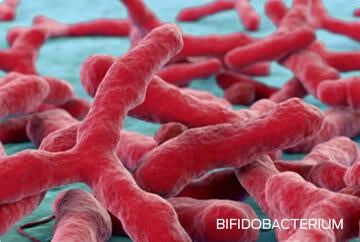Phosphorus Homeostasis: Multi-Tissue Axis Control by the Gut, Kidneys, Bone and Hormones

Andrea J. Fascetti VMD, PhD, DACVN, DACVIM (SA-Internal Medicine)
University of California School of Veterinary Medicine, Department of Molecular Biosciences, Davis, CA
Overview
In healthy animals, phosphorus (P) homeostasis is controlled by a multi-organ axis that includes the gastrointestinal tract, kidneys, parathyroid gland and bone. Understanding how P is regulated in healthy animals helps to better approach what happens when mineral imbalances occur.
Key points
- Dietary phosphorus is absorbed throughout the small intestine but homeostasis is controlled primarily by urinary excretion. In healthy adult animals, the amount of phosphate in the urine approximates the amount of phosphorus absorbed by the intestines.
- The hormones that regulate phosphorus are: parathyroid hormone (PTH), fibroblast growth factor 23 (FGF23) and its cofactor α-klotho, and 1,25-dihydroxyvitamin D (1,25(OH)2D) known as active vitamin D or calcitriol.
- Absorption of P in the gastrointestinal tract occurs via two mechanisms:
- About 60-70% is absorbed via sodium-dependent transporters regulated by 1,25(OH)2D based on the animal’s needs.
- A sodium-independent component (paracellular diffusion) which is influenced by the amount of phosphorus consumed. (Directly related to inorganic P load).
- Research evaluated the regulation of paracellular diffusion of P by determining the impact of feeding increasing amounts of calcium and P in healthy cats: urinary P increased linearly with dietary P but diet had no effect on serum P.
- When P is increased in the diet (in diets with a reduced Ca:P) both P digestion and excretion increased as the concentration of P increased.
- Foods high in protein tend to be high in phosphorus, however digestibility ranges from 0 to >80%:
- Inorganic phosphate salts (phosphate-containing preservatives) are generally more bioavailable than organic sources: 80% or more digestibility.
- Plant sources are less bioavailable than both organic and inorganic sources of phosphorus due to binding with phytates: 0 to 40% digestibility for monogastrics.
- P absorption is also impacted by: calcium intake, intestinal pH, the animal’s P requirements, and interactions with other dietary factors such as Mg.
- A meta-analysis of 34 dog and 14 cat studies: as Ca:P ratio goes up; digestibility goes down.
Clinical relevance
Phosphorus regulation involves a complicated, multi-organ axis that includes the gastrointestinal tract, kidneys, parathyroid gland and bone. Chronic kidney disease affects phosphorus because the kidney is the main regulator of phosphorus homeostasis. Understanding the mechanisms that control phosphorus in health is important so that we may then understand how to address phosphorus homeostatic changes in disease.


